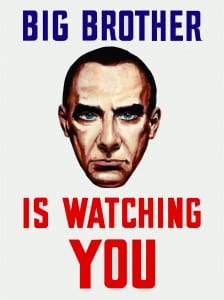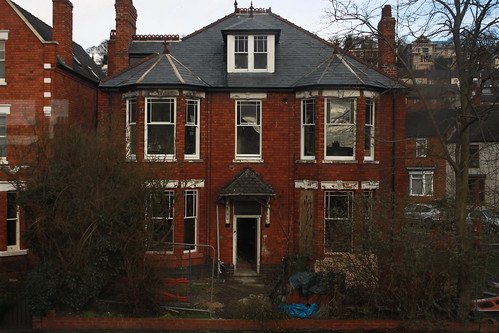Image:Online-https://www.google.co.uk/search?q=big+brother&hl=en&rlz=1C1SKPL_enGB453GB494&source=lnms&tbm=isch&sa=X&ei=LG5AUZ-DPfS00QXdoYG4Aw&ved=0CAoQ_AUoAQ&biw=1366&bih=643(Accessed 20/02/2013).
“There is no single ‘Big Brother’ who is watching over us but lots of little brothers each with their own agendas.” ((Norris and Armstrong (1999) The Maximum Surveillance Society: The Rise Of CCTV, New York: Berg p.7)). We are always being watched, when leaving our homes each day for work, college or university it is more than likely you will be filmed or photographed through CCTV.
“Studies by Honess and Charman (1992), Squires and Measor (1996) indicate that only between one third and two thirds of the population using streets with CCTV actually know they are being monitored.” ((Norris and Armstrong (1999) The Maximum Surveillance Society: The Rise Of CCTV, New York: Berg p.92)). With this gaze constantly over them, are they performing? When we trip over in the street a rush of embarrassment takes over where our minds are telling us we are hurt however we find ourselves laughing as were all this this performance together, everyone’s watching. When walking down a street we are always aware eyes are on us not only cameras but people in windows, across the road and in cars. When our audience enter the house on West Parade will they become aware of the cameras straight away or will they spend the whole experience thinking they are aware of whom and when people are watching them? We can use this to our advantage and show the audience they can be part of the performance as well. As the CCTV group we have discussed how we will be involved in the performance and how the audience could discover our room and then watch us as we roam the house performing as they have for us. Through this performance we can portray how people always know they’re being watched, with subtle glances at the cameras to eventually holding signs to signify our knowledge of the cameras, similar to The Surveillance Camera Players. Another way of incorporating this into the performance is interrupting the mini performances in each room and handing a sign/ placard to an audience member or performer and asking them to hold it to the camera.
“The real power of site-specific work is that it somehow activates, or engages with, the narratives of the site in some kind of way. That might be with its formal architecture, or it might be with the character of the building.” ((Pearson, Mike (2010) Site-Specific Performance, London:Macmillan p.35)). When entering the house other than there being a television in the front room, it’s very bear and uninviting, it’s not an ideological notion of a modern home. The architectural design of the house makes the CCTV room one of the last rooms you may see which changes your whole outlook on the house when discovering it and extends that feeling of it being unappealing even more. It crosses the boundary between the outside world and the privacy within a home with inhabitants being aware they’re always being watched which you shouldn’t feel within a home. This ‘Big Brother’ feel the house has is a great characteristic we can work with for our performance. The most eerie room for most of us in the house is the cot room mainly as it’s the coldest room and the fact it has a cot gives it a lot of potential to play on that creepiness for the performance and we have incorporated this room into both our trailers so far. The character of the house instantly triggers narratives for performance ideas as you explore all its rooms.
As the CCTV group we have decided to take our filming to other people’s homes and interview them on their thoughts of home. What is ‘home’ to them? Starting by asking them to take us to the room/ place in which they feel most comfortable and asking them why they feel so attached to that part of their home. And if they’re a student whether their ‘home from home’ feels homely or just a place to stay. Then we suggested the idea of making negative comments about aspects of their home to see if they would defend it or agree, filming their reaction to this. These recordings will either be used for a trailer or within the piece or just for our own research.

